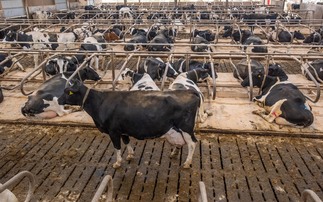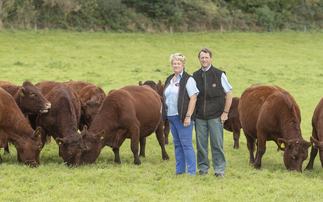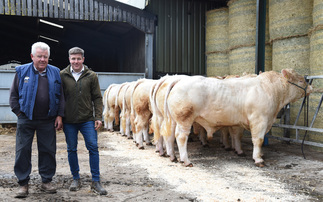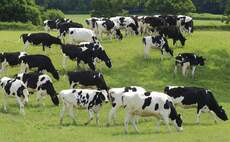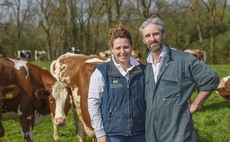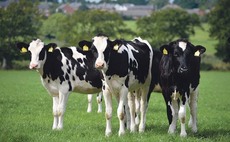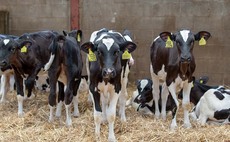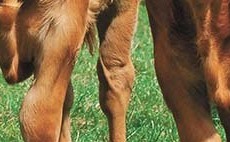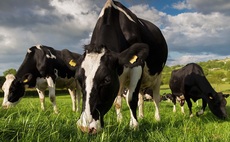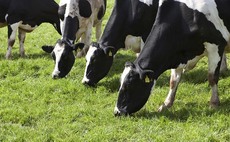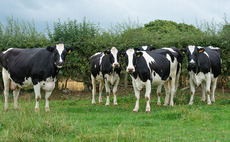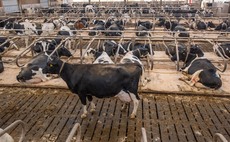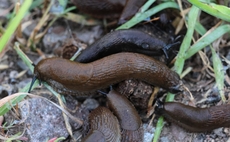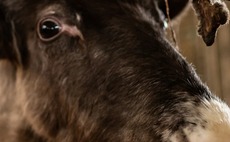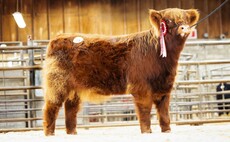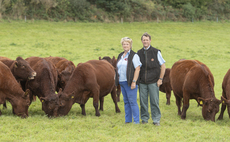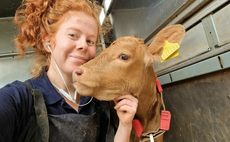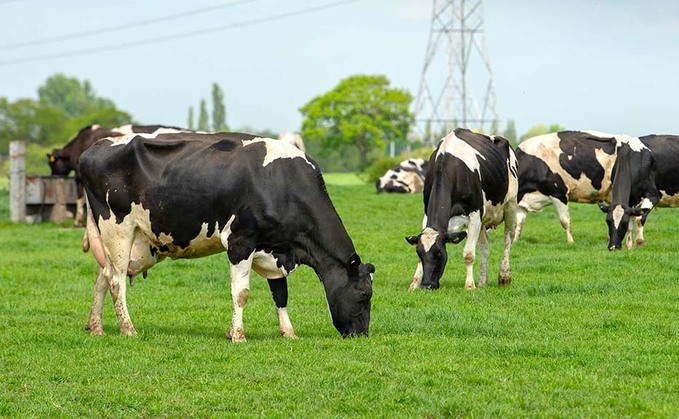
Now in its sixth year, the Boehringer Ingelheim Animal Health BVD survey provides an interesting snapshot of how the UK is faring in its bid to control BVD. Katie Jones looks at the survey results.
This year a record number of 1,236 farmers responded to the survey, with the spilt between dairy and beef producers being relatively even.
With questions remaining similar year-on-year, Dr Ailsa Milnes, veterinary adviser for Boehringer Ingelheim Animal Health, says the responses show in general that disease control and ultimately eradication, is moving in the right direction in each of the different parts of the UK.
However, she adds the responses did throw up a number of interesting questions, namely around the issue of retaining persistently infected (PI) cattle in the herd and also the debate around the use of vaccination and biosecurity protocols.
Dr Milnes says: "I was amazed at the fact we still have some farmers who are rearing PIs.
It is interesting that the numbers doing this are fairly consistent across the beef and dairy sectors."
She adds that in Scotland and Northern Ireland, where BVD eradication schemes are compulsory, a high number (84% and 86%, respectively) cull PIs immediately.
In Northern Ireland, of those 14% who had knowingly retained a PI animal, only 8% had managed to rear to slaughter weight and only 9% would retain a PI animal again.
However, she says she still finds it interesting that there is still some farmers who do not cull their PIs immediately.
The picture in England and Wales, where the schemes are not compulsory, is slightly different.
Dr Milnes says: "Results show that in England, only 77% of farmers who identify PI animals say they would cull immediately."
And in Wales, 22% of respondents who identified a PI in their herds rear them to slaughter, which Dr Milnes reminds us provides a potential source of infection for all other animals on-farm.
However, she adds that for Wales this does actually represent progress.
She says: "The 2021 survey showed that 27% would not cull PIs immediately.
This is down from 32% in 2020 and 42% in 2019."
Dr Milnes adds that it is difficult to understand the reasons why farmers would consider retaining a PI, but she says often farmers need to see the impact BVD can have on a herd before making the decision to cull PIs.
"For many, the worry of getting BVD in your herd through the risk of keeping a PI, especially in block calving herds, for example, means they will immediately move to cull PIs."
When it comes to biosecurity, the two most common measures across the board were vaccination and operating on a closed-herd basis.
Vaccination
However, for those farmers who were not operating a truly closed herd, or who were not able to because of the farming system, Dr Milnes says it is important to take ownership of those risks.
She says: "We need to move away from thinking herds are closed, when in reality they are not.
It is therefore important that farmers know what their individual risks are and put measures in place to manage them."
She added that while vaccination gave a ‘belt and braces' approach, there were issues around getting the correct protocols in place to ensure vaccination is effective.
"It is a particular issue when you are bringing heifers into the main herd.
You may vaccinate cows at a certain time of year, but when heifers are coming into the herd at various times in an all-year-round calving system, it does throw up problems of getting them into the vaccination programme."
Dr Milnes points to the Mind the Gap app, which can help farmers manage these vaccination timing issues and has been developed to demonstrate the flexibility of the live vaccine, Bovela's one-shot primary and booster regime.
The issue of continued vaccination in light of eventual eradication is also one which needs attention, according to Dr Milnes.
She says: "We need to keep vaccinating for BVD until the disease is out of the country."
She adds that while vaccination is part of the eradication programme, it is easier to establish what the level of immunity is with natural immunity wavering.
"Even if testing and surveillance continues, a herd will become naive without vaccination."
Benefits
This, she says, means that if vaccination stops too soon in the journey towards eradication, any re-infection of BVD would have much deeper consequences.
Dr Milnes says: "It is similar to other diseases, such as smallpox in humans. There was a need to get rid of the disease completely before starting to drop vaccination."
Dr Milnes also adds studies have shown real benefits to vaccination in terms of production.
She says: "A recent Europe-wide study showed cattle in endemically infected herds which were not protected against BVD produced up to 1.8 litres less milk per day during early lactation, even in the absence of clinical signs of BVD infection.
"A BVD infection will trigger an immune response, which will take energy away from something. In dairy herds, this means energy is taken away from milk production. So, even in herds where BVD is endemic, there is a benefit to trying to keep the disease under control."
When it comes to the future, Dr Milnes says while there is still work to be done to eradicate the disease, progress is being made.
She says: "In Scotland and Northern Ireland, the work will now focus on getting rid of that tail in terms of disease prevalence."
And in England, while the number of farmers signed up to the BVDFree scheme is slightly down on last year's figures (59% compared to 62%), it is still up on 2019 when 51% had signed up.
Dr Milnes says: "In Wales, they seem to be getting a good grip on the disease, with 84% signed up to the Welsh BVD eradication programme compared to 78% in 2020.
"This is largely thanks to the strategy in place, which involves the availability of voluntary screening of youngstock, ideally done at the same time as bovine TB testing."
For more details on the Mind the Gap app, visit makebvdhistory.co.uk
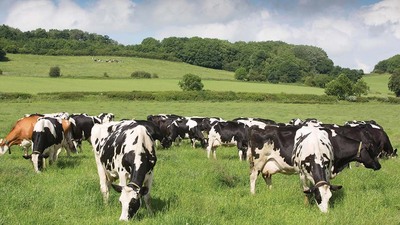
What is BVDFree?
BVDFree England is a voluntary industry-led scheme, working to eliminate BVD from all cattle in England. Currently, it covers 6,100 herds (39% of beef and dairy breeding animals in England).
The key to success is to identify and remove all PI animals with the BVD virus from the English cattle herd.
By understanding the losses BVD can cause on-farm, it confirms that BVD control is essential to farm performance and that work with your vet under schemes like BVDFree help you to avoid such losses.












